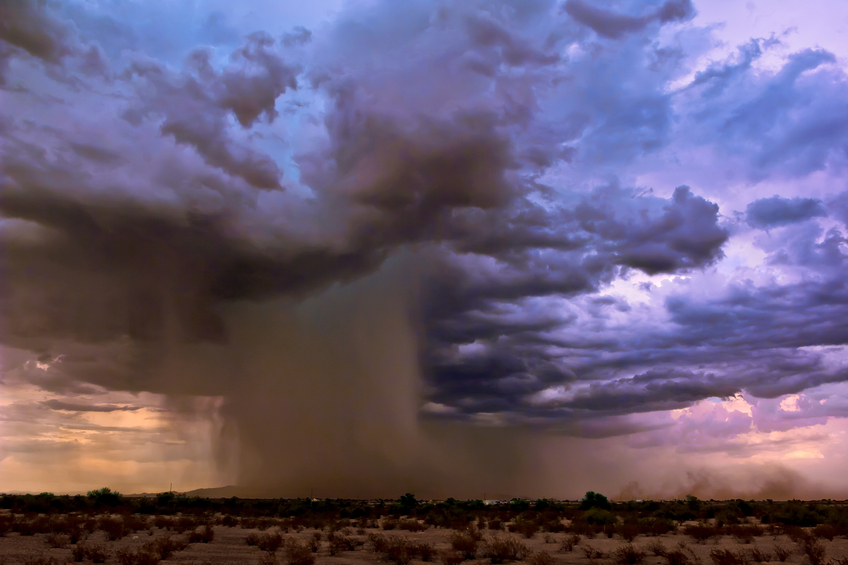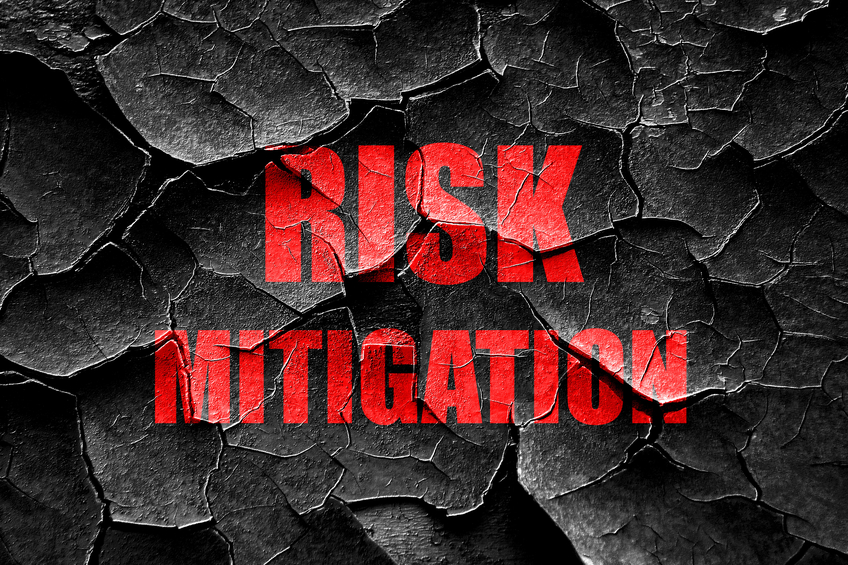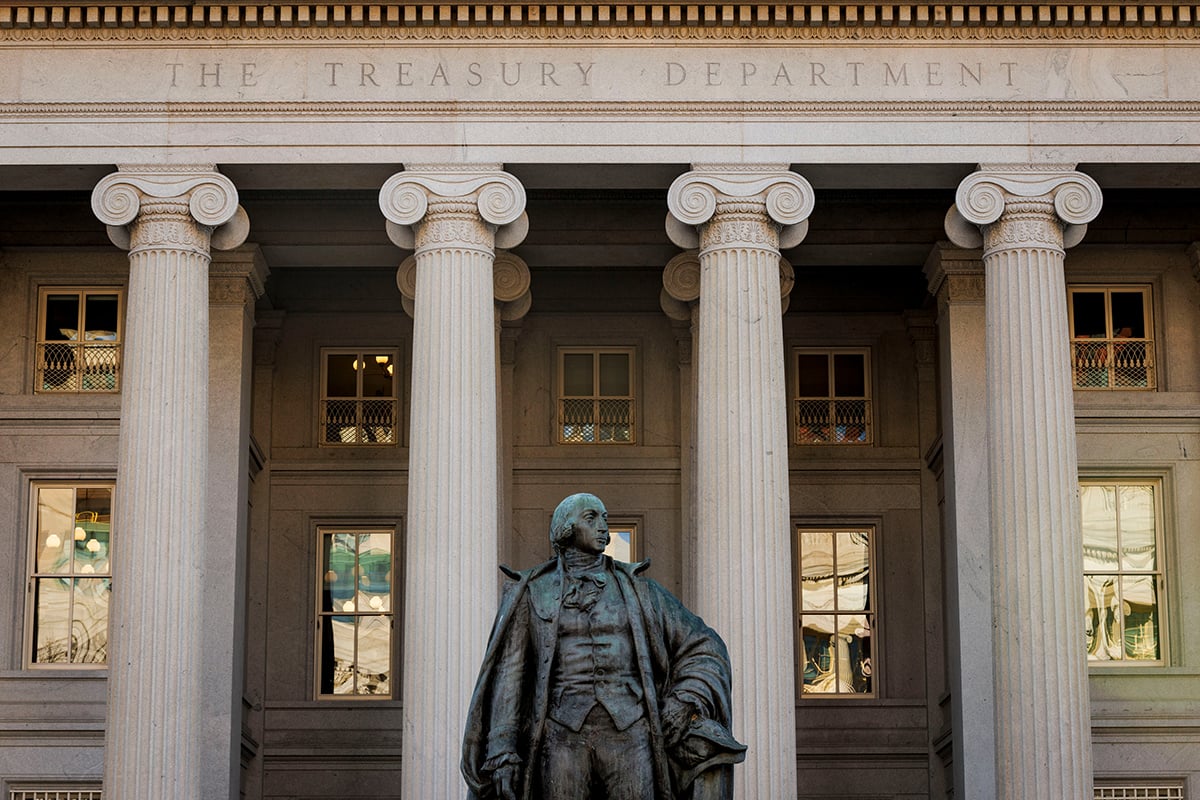New York City-based insurer Travelers Cos. Inc. recently announced the results of its “Risk Index,” an annual survey that examines what keeps most U.S. business leaders and consumers up at night.
Both groups share concerns about cyber threats, the demands of a changing workforce, and severe weather, although results are mixed on the question of whether the world is becoming a riskier place.
What business leaders said
When asked about whether their world is getting riskier, fewer U.S. business leaders than in 2015 — 41 percent vs. 44 percent — say yes. Large businesses seeing the world as more risky dropped to 44 percent from 52 percent, with midsize businesses dropping to 43 percent from 47 percent, and small businesses remaining at 36 percent.
U.S. business leaders worry more about factors that could disrupt their business operations, including supply chain interruptions, worker injury and severe, damaging weather that could result in significant business interruption. As for emerging risks, business leaders say that workforce and technology changes are things that trouble them the most, while also citing empowered consumers, e-business and energy issues as new challenges.
The top concerns are consistent with prior years' results, the survey found, with small-business owners worrying less about the top risks.
What consumers said
A majority of U.S. consumers — 56 percent — said they believe that their world is getting riskier. More than 90 percent also rate distracted driving as a topic of some concern. This year, the survey added new survey questions about emerging risks, which showed that U.S. consumers are also concerned about global and political conflict, terrorism and social unrest.
The survey found that, among consumers, risk perception varies with age. U.S. consumers age 40 and older feel higher levels of risk compared with U.S. consumers age 18 to 39. Those age 55 to 69 believe the world is riskier, with 61 percent feeling this way, compared with 57 percent of 40- to 54-year-olds and 52 percent of 18- to 39-year-olds.
Here is a look at six major areas of concern that U.S. consumers and business leaders share:

(Photo: iStock)
1. Cyber risks
The survey found that consumers and business leaders are concerned about technology-related risks. Among all businesses, 54 percent worry some or a great deal about cyber risks. Of consumers, 51 percent worry some or a great deal about this threat.
Among consumers, cyber risks concern women more than men. The leading concern in this area for 62 percent is the threat that bank or financial accounts will be hacked. More women — 68 percent — are concerned than men at 56 percent.
In addition, among U.S. consumers, worry about cyber risks increases with age. For 18- to 39-year-olds, 47 percent are concerned, compared with 56 percent of those age 55 to 69.
Related: Getting cyber insurance is a complex process, experts warn

(Photo: iStock)
2. Driving issues
Consumers and business leaders share concerns about distracted driving, according to the survey. Since the survey began in 2013, the trend continues to rise, with more than 9 in 10 consumers rating distracted driving as at least somewhat of a concern. It's a major issue for more women (61 percent) than men (55), and more so for 64 percent of those over 55 vs. 42 percent of those under 40.
But consumers are more worried about other drivers causing an accident by using a mobile device behind the wheel (76 percent) than they are about their own distracted driving (33 percent). At least some consumers (48 percent) worry to some extent about striking a pedestrian who is distracted while using a mobile device.
Of all businesses, 65 percent have employees who use a personal vehicle for business purposes, which exposes the business to the potential for legal liability and distracted driving risks.
Related: 10 people die every day during the summer from a crash involving a teen driver

(Photo: iStock)
3. A changing workforce
Businesses and consumers share concerns about the changing workforce, which is the result of demographic changes, technological advances and the global economy.
Of all businesses surveyed, 49 percent agreed that a changing workface is the most worrisome trend they face. In addition, 50 percent indicated that they worry some or a great deal about being able to attract and retain talent and skilled staff. The ability to attract and hire qualified workers to replace baby boomers as they retire concerns 39 percent, and the cost of training new workers concerns 37 percent. Close to one-third of business leaders — 29 percent — worry about the implications of millennials entering the workforce.
U.S. consumers are concerned about trends in jobs moving overseas and changing job requirements. Keeping pace with new workforce requirements worries 27 percent. The concerns vary by age and are highest among those age 18 to 39 (32 percent) and lowest among those age 55 to 69 (19 percent).
Related: Employers must be prepared for special issues that face aging workers

(Photo: iStock)
4. Financial concerns
Both consumers and business leaders note financial concerns as leading worries. A large majority of consumers (70 percent) worry some or a great deal about financial concerns, frequently citing worry about unemployment and job security, financial hardship and the economy.
Of those with household incomes below $90,000 per year, 74 percent worry some or a great deal compared with 61 percent for those with household incomes above $90,000.
Businesses overall worry most about medical cost inflation, according to 59 percent of survey respondents, but it's of greatest concern to large businesses with more than 1,000 employees (52 percent). This was followed by increasing employee benefit costs for 56 percent overall, and 49 percent of large businesses.
Related: 8 financial mistakes couples make that could derail retirement

(Photo: iStock)
5. Changing weather risks
Risks associated with climate volatility and sever weather remain a concern for both businesses and consumers, with many saying they believe sever weather is occurring often and becoming more disruptive. Of all companies, 40 percent said that their greatest weather-related concern is business interruption.
Consumers share business leaders' concerns, with 61 percent believing that severe weather is becoming more frequent, which is a decline from 67 percent in 2015. Among consumers, 39 percent believe that damage to their property, homes or automobiles is more likely.
Those in the Northeast expect a greater likelihood of damage from weather (46 percent), while Westerners (29 percent) are the least likely to report higher risk of damage, according to the survey.
Related: 5 types of land development vulnerable to natural disasters

(Photo: iStock)
6. Risk mitigation
Both consumers and business leaders take some measures to mitigate their exposure to risk.
According to the survey, more than half of U.S. consumers said they have a plan for what to do before and after a severe weather event. By area, consumers in the South and Tornado Alley are best prepared, as are those in small towns and rural areas.
In terms of mitigating risk generally, the most common risk prevention measure that U.S. consumers take is installing carbon monoxide and smoke detectors. Other common measures, the survey found, include annual car safety checks (71 percent) and keeping food, water and flashlights on hand for severe weather events (59 percent). Only 50 percent have an evacuation plan in the event of severe weather or a natural disaster.
U.S. business leaders said they're least prepared to deal with the top three that cause them the most concern:
-
- 59 percent worry a great deal about medical cost inflation, yet 31 percent feel unprepared to manage the risk.
- 56 percent worry about rising benefit costs, but 21 percent feel unprepared.
- 54 percent worry about cyber risks, with 25 percent feeling unprepared.
“Our findings reveal common risks that business leaders and consumers may not be fully prepared to manage,” said Patrick Gee, senior vice president of claims at Travelers. “The good news is there are steps they can take to help mitigate those risks and protect their families, finances, homes and businesses.”
Related: What keeps Americans up at night? Travelers Consumer Risk Index
Complete your profile to continue reading and get FREE access to Treasury & Risk, part of your ALM digital membership.
Your access to unlimited Treasury & Risk content isn’t changing.
Once you are an ALM digital member, you’ll receive:
- Thought leadership on regulatory changes, economic trends, corporate success stories, and tactical solutions for treasurers, CFOs, risk managers, controllers, and other finance professionals
- Informative weekly newsletter featuring news, analysis, real-world case studies, and other critical content
- Educational webcasts, white papers, and ebooks from industry thought leaders
- Critical coverage of the employee benefits and financial advisory markets on our other ALM sites, PropertyCasualty360 and ThinkAdvisor
Already have an account? Sign In Now
*May exclude premium content© 2025 ALM Global, LLC, All Rights Reserved. Request academic re-use from www.copyright.com. All other uses, submit a request to [email protected]. For more information visit Asset & Logo Licensing.





